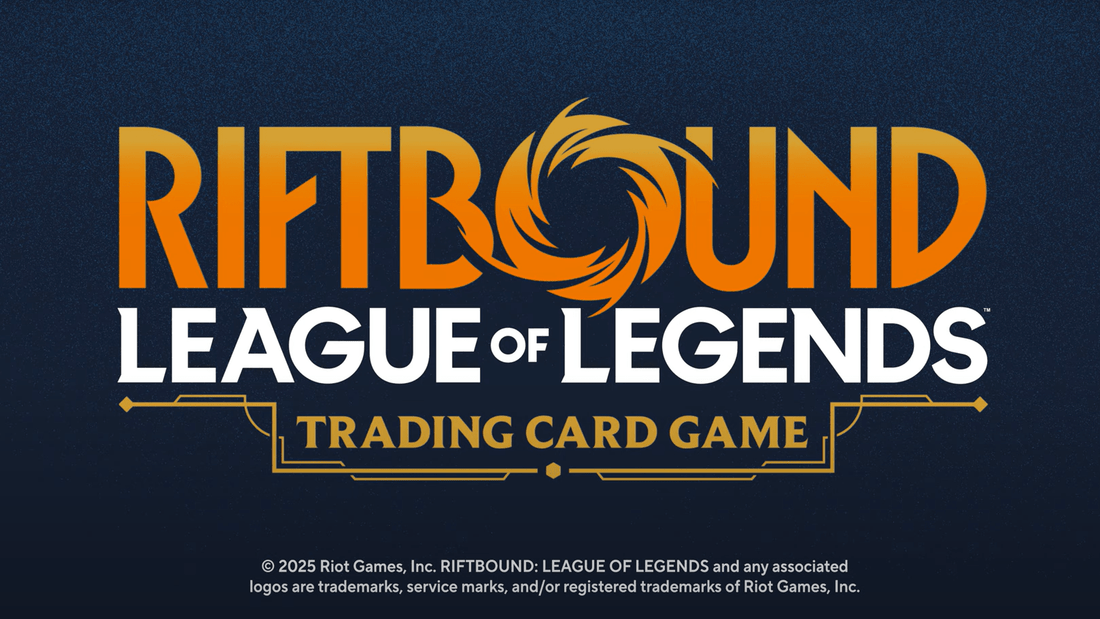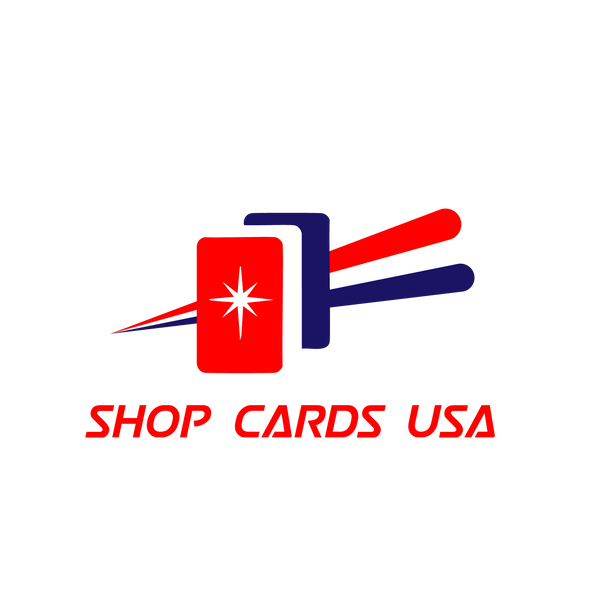
Riftbound's Uniqueness and Gameplay
🌀 Why Riftbound Is a Different Kind of TCG
When Riot Games announced Riftbound, its new League of Legends-inspired trading card game, fans expected another entry in the crowded field of collectible card battlers. What they got instead was something truly different — a tabletop experience that feels closer to League’s tactical depth than any TCG before it.
Here’s what makes Riftbound stand out from the pack.
⚔️ 1. The Battlefield System: Zones That Matter
Most TCGs are about attacking the opponent directly. In Riftbound, you’re fighting for control of battlefields, not life points.
Each match plays out across three lanes — familiar to League of Legends players — where units clash for dominance. You win by controlling more zones than your opponent, turning every placement and movement into a strategic decision.
It’s less about “how much damage can I deal?” and more about “where should I commit my forces?”
This shift in focus makes Riftbound feel tactically rich, rewarding planning, bluffing, and positional play.
🔮 2. The Legend & Rune System: Choose Your Identity
Before the game even starts, players choose a Legend — a card that defines your deck’s core identity and playstyle. Your Legend grants unique passive abilities and determines which Runes (color-aligned power sources) you can include in your deck.
Instead of simple mana types, Runes reflect thematic domains — such as Might, Cunning, Faith, and Insight — letting players mix archetypes like “Cunning/Insight” for trick-heavy control decks or “Might/Faith” for powerful board dominance.
This system not only adds flavor but also encourages creative deckbuilding far beyond typical color-pair restrictions.
🧠 3. Movement and Positioning: A True Tactical Layer
Riftbound introduces unit movement as a core mechanic — something few TCGs dare to attempt.
Units can advance, retreat, or reposition across the battlefield. Some Champions can even teleport or dash between lanes, echoing League of Legends’ in-game mobility.
This transforms combat into a spatial puzzle, where bluffing an attack or baiting your opponent into misplacement can win you the match.
💥 4. Champions Feel Like Champions
Every deck revolves around a Champion card — iconic figures from League like Jinx, Lee Sin, or Viktor — each bringing distinct flavor and strategy.
These cards are more than flashy finishers; they’re the anchor of your strategy, evolving over the course of the game through “Level Up” mechanics or synergy triggers that mirror their MOBA counterparts.
When Lee Sin dashes between lanes or Jinx overloads her battlefield, it feels like League — but in card form.
🃏 5. Multiplayer and Team Play
Unlike most TCGs that stick to 1v1, Riftbound supports 2v2 and free-for-all formats.
Team coordination, combo setup, and shared battlefield control make multiplayer Riftbound a lively and social experience — perfect for local play or streaming with friends.
It’s a game designed as much for group play and storytelling as it is for competitive dueling.
🌌 6. Riot’s Design Philosophy: Lore Meets Mechanics
Riot’s design team has built Riftbound with the same world-first approach that made Runeterra lore beloved. Every faction, rune, and battlefield ties into the greater League of Legends universe — from the icy domains of Freljord to the mystical power of Ionia.
The result is a card game where mechanics express story — something that keeps players emotionally invested beyond pure gameplay.
🧩 Final Thoughts
Riftbound isn’t just another trading card game.
It’s Riot’s bold experiment: blending League of Legends’ strategic DNA with a tabletop TCG’s deck-building freedom. With its emphasis on positioning, battlefield control, and identity-driven decks, Riftbound feels less like a clone and more like a genre evolution.
For fans of strategy, lore, and meaningful decision-making — this is one Rift you’ll actually want to dive into.
